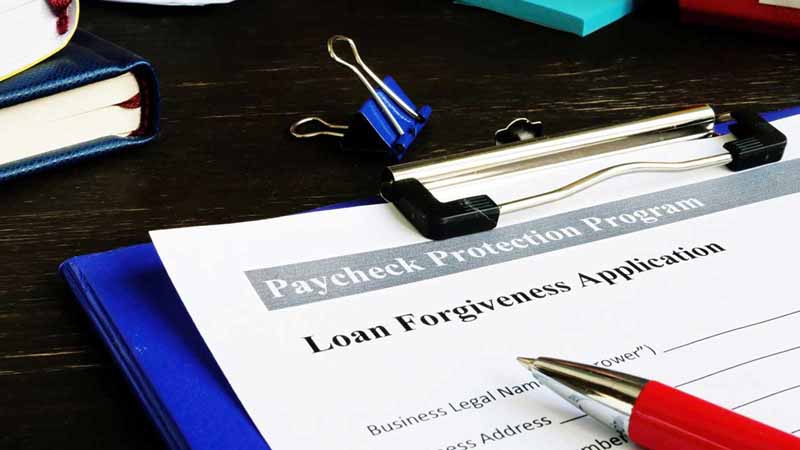Paycheck Protection Program: A Second Wave
By
Adriaan Brits
|
Friday, 19 June 2020
|
Business,
Finance
Companies with fewer than one hundred team members, self-employed individuals, and sole proprietors have all been looking forward to the new revival of the Paycheck Protection Program.
On account of high demand and in an effort to minimize the damage caused by the recent world events, the government decided on April 27 to bring the Paycheck Protection Program back for another round.

What is the Paycheck Protection Program?
The US Treasury first announced the Paycheck Protection Program (PPP) on March 27, 2020. Created to keep employees on the payroll, the Small Business Administration agreed to forgive the loans if businesses followed the rules. However, all money must be used for essential payments.
How Will the Revamped Paycheck Protection Program Help Small Business Owners?
An additional round of the PPP might have been the ticket to helping small business owners make it through this challenging period. The least amount of employees a company can lose during this time, the better.
The PPP will support employees in areas that are needed for daily business operations, including:
- Paychecks
- Employee benefits and sick leave
- Rent and utility payments
Specific charges will not be eligible for forgiveness, such as employees earning more than $100,000 a year and the expenses of any team members based outside of the US.
When it comes to distribution, though your company's employees will be able to receive certain benefits, the first 60% of the loan must be put towards salary. The remaining amount can be used to make essential purchases not related to the team member's salary. The PPP has already distributed over $500 billion worth of loans to more than 4 million businesses nationwide.
How Does the Paycheck Protection Program Differ From the Disaster Relief Loan?
While the Disaster Relief Loan is beneficial for any business that has been sideswiped by the current economic state, the Paycheck Protection Program does just what it says; it protects your employees' paychecks. The PPP focuses on encouraging small businesses to keep their team members on a scheduled paycheck through their loan forgiveness plan.
At the same time, the Disaster Relief Loan will distribute all loans via a 7(a) loan program. In addition, the Paycheck Protection Program will wave the 7(a) loan fee and will not require any personal guarantees or collateral.
How Your Business Can Apply for the Second Wave
As a small business, the maximum amount of money you will be able to pull from the PPP is about $21,000, but nothing will be available if you miss the deadline. The deadline to apply for your second-wave PPP loan is June 30.
As of June 8, there was reported to be $100 billion still remaining to provide loans for small businesses. By taking advantage of this program, you are practically speaking out that your employees and team members play an essential role in your company, and you have a high interest in maintaining their employment. When businesses can return to the new normal, your company will not be left scrounging for employees to support your company, and in turn, your would-be ex-employees are not left searching for a job when no one seems to be hiring.
To apply for the PPP, your company will need first to fill out a "Paycheck Protection Program, Borrower Application Form." After this, you must certify that your loan is for eligible purchases and nothing else. Finally, it would be in your company's best interest to have a company headcount and average monthly payroll available upon demand.
Controversy Surrounding the Paycheck Protection Program
While some business owners are jumping for joy at the sound of an extended protection program, other companies have not held back their opinions. Some are saying that because the money must be used eight weeks after distribution, the government has skewed its timing. Others are upset that the PPP protects the employees but seems to leave the company itself out in the pasture.
However, there are biases on both sides, and you, as a business owner, get to decide which side you choose to go with. The PPP could be what your small business needs in this time of confusion, chaos, and calamity.
About the Author
As an analyst of global affairs, Adriaan has an MSC from Oxford, with diverse interests in the digital economy, entertainment, and business. He is a specialist trainer in Advanced Analytics & Media.

